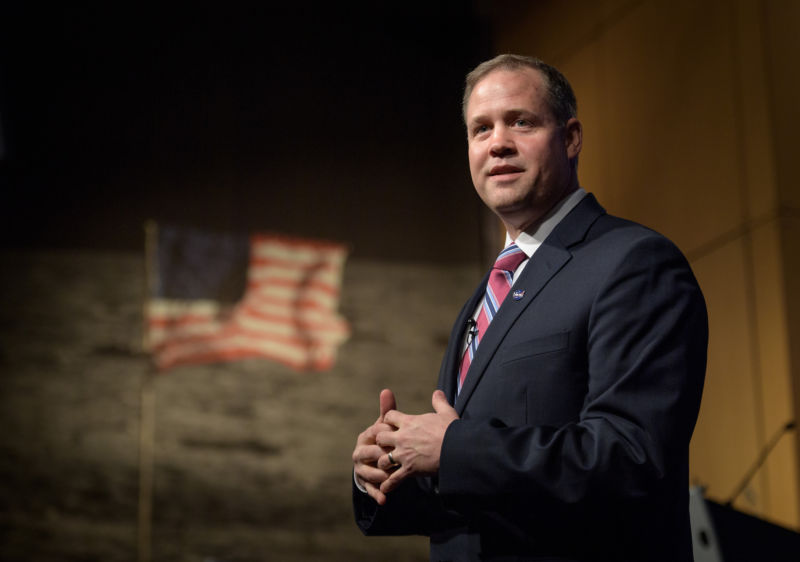
On Thursday, NASA leaders held an industry day to answer questions about the space agency’s plans to develop landers that will ultimately enable a human return to the Moon. Their overriding message to the US aerospace community is that NASA is serious about returning to the Moon, and the agency needs the community’s help in order to do so as soon as possible.
“We want to strike a balance between getting to the Moon as fast as possible while also, when we get to the Moon, we’re there to stay,” NASA Administrator Jim Bridenstine said during a media call before the event. “This is the big vision.”
First step
NASA has a two-pronged approach in its return to the Moon. To reach the lunar surface quickly and support the nascent commercial industry interested in exploring there, the agency launched a commercial lunar-payloads program last year. That program meant NASA was offering to buy rides for small scientific payloads to the Moon from nine different providers.
The leader of NASA’s scientific programs, Thomas Zurbuchen, said this program was designed with speed in mind, and it would tolerate some failures as it takes “shots on goal” in attempting to land on the Moon. “For us, if we have any wish, we’d like to fly this calendar year,” he said. “We do not expect every launch and landing to be successful.”
NASA has begun to develop a dozen payloads, some entailing scientific experiments, others to better characterize the lunar environment, for these commercial flights. Zurbuchen said those payloads will be ready for missions before the end of 2019 but that the providers will set the schedules for when they are ready.
He then reemphasized that NASA is interested in speed. The agency will “incentivize” speed, which means that companies that are first to deliver payloads to the lunar surface will get paid more. This new tone from NASA’s leadership indicates that the agency would like to be able to demonstrate tangible progress back toward the lunar surface by July 20 of this year, the 50th anniversary of the Apollo lunar landings.
Progressing to humans
Ultimately, of course, NASA aspires to return humans to the lunar surface to explore, perform experiments, and determine whether water and other resources there might be of some use. In documents handed out to industry participants, the agency has indicated a lunar return no earlier than 2028, with earlier, uncrewed demonstration missions in 2024 and 2026.
To that end, the agency has released a broad agency announcement outlining its “architecture” for how this will be done. This will entail a transfer vehicle to go between the Lunar Gateway, in a high halo orbit around the Moon, and low lunar orbit. From there, the agency will use a descent vehicle to go down to the lunar surface, while an ascent vehicle would carry crew back to low lunar orbit. Still to be determined are which elements of this architecture might be reusable and how the reusable elements would be re-fueled.
During the industry day, aerospace companies were encouraged to bid on specific elements of this particular “Human Landing System” architecture. “We’re looking for people to respond to this architecture,” Bridenstine said.
Most of the industry is likely to go along with this, but SpaceX has its own plans for developing a rocket (Super Heavy) and spacecraft (Starship) that could go directly to the lunar surface, without stopping at the Gateway. Bridenstine and NASA’s chief of human spaceflight, Bill Gerstenmaier, both said the agency would welcome new ideas but that vehicles that did not fit this specific architecture would not be eligible for the current funding opportunity.
“We think this is the right basic architecture, but we aren’t closed-minded,” Gerstenmaier said. NASA would like to find a way to work with alternative plans and then trade them against NASA’s existing architecture to determine which approach to landing humans on the Moon is faster and more sustainable.
That may sound favorable to SpaceX, but it doesn’t seem overly helpful at a time when the company is actively seeking government funds to help develop Super Heavy and Starship. For now, at least, the status quo will probably remain—government funding may follow when SpaceX demonstrates the flight-worthiness of these vehicles but probably not before.
























